Toyota Sports Car – The Ultimate Options
Toyota has undeniably made some incredible sports cars over the years. Tune in as we dive into our top picks for die-hard Toyota fans.
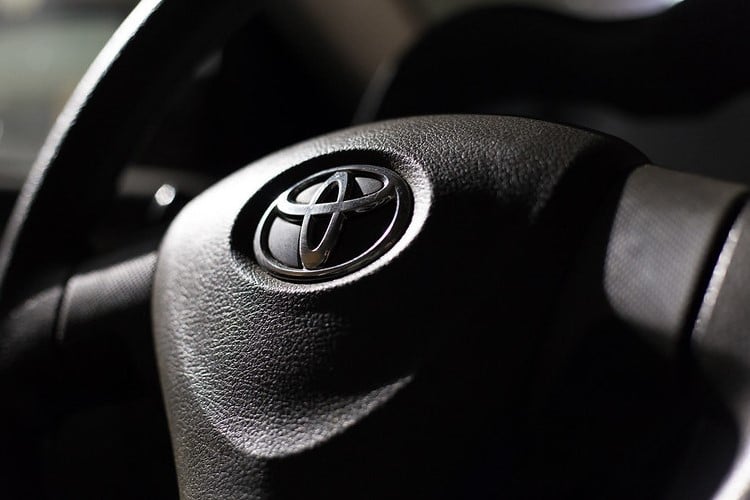
The Toyota story is neither very long nor eventful in motoring history terms, but it could be regarded as the Japanese equivalent of Ford in America.
It begins with the dream of one man who, from fairly humble beginnings, developed a prestigious company recognized worldwide.
In 1957, the Toyota Crown became the first of the Japanese company’s imports to the U.S. Its modern styling and mass-produced ability helped spur its growth and development.
Since then, Toyota has been best known for producing and impressive sports cars with far superior reliability to its rivals.
This guide will cover everything you need to know about the best Toyota sports cars.
Toyota 2000GT
The 2000GT is an elite Toyota sports car. It is perhaps the first universally accepted “classic” Asian car, which debuted in 1965.
Compared to the Porsche 911, the “Japanese Supercar,” as it was known then, has become a hot commodity among car collectors.
Designed in part by Yamaha, the 2000GT owes a debt to German-American designer Albrecht Goertz, a protégé of renowned car designer Raymond Loewy (Studebaker Avanti and Studebaker Starlight).
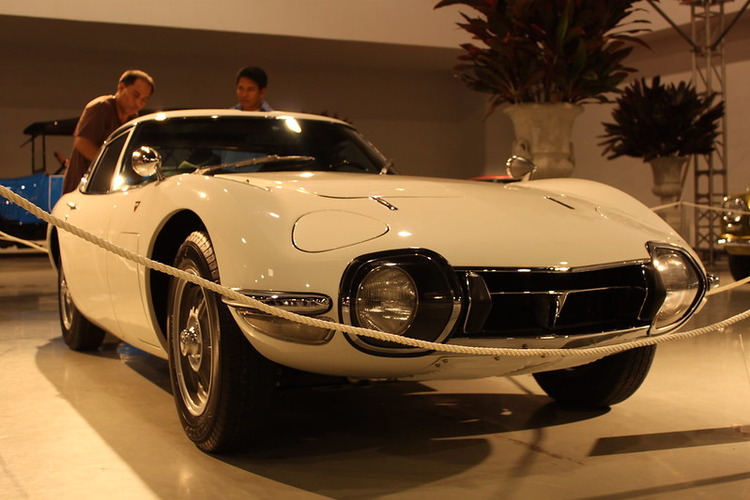
You may most recall the 2000GT’s smooth aluminum bodywork, pop-up headlights, and large driving lamps with Plexiglas covers from “You Only Live Twice,” the 1967 James Bond film starring Sean Connery.
Or, you may know the style from the Japanese anime Sailor Moon—Sailor Uranus drives a yellow convertible 2000GT.
The engine was a DOHC straight-six of 1988cc, developing 150bhp in its standard form or up to 200 in racing trim.
A five-speed, all-synchromesh gearbox was used, the top ratio being overdriven for good fuel economy and comfortable cruising.
The production model’s top speed was set to 143mph (229 kph), just 13mph (21 kph) short of the lightweight racing machines.
In the non-fiction racing world, the 2000GT placed third in the 1966 Japanese Grand Prix and set several world speed and endurance records. Only 337 were ever built. When you look back at old Japanese sports cars, this is probably at the top of the list.
Toyota MR2
Other sports cars promise — the MR2 is the Toyota sports car that delivers.
The MR2 produced 115bhp from a 16-valve twin-cam engine mounted forward of the rear axle in the classic mid-engine position for superb handling and exceptional maneuverability.
In every department, in every respect, the MR2 is an outstanding sports car.
What gives it even more of a competitive edge is the name Toyota.
Over the years, the original MR2 seemed to offer little opportunity for improvement. Aside from its kit-car styling, this jaunty little mid-engined 2-seater was virtually above criticism—quick, balanced, and thoroughly responsive.
Although the MR2 was not a Kei car, it struck people as a near-perfect recipe for compact sports-car fun.
However, the introduction of the supercharged version of this car in 1988 showed us there was room for improvement after all. Forgiving and predictable with 115 hp on tap, the MR2’s handling qualities got tricky when 145 hp was applied to the rear wheels.
It was clear that making Mister-Two go faster would require more than mere horsepower, which led to the car displayed here: bigger, faster, more capable, and better looking.
The key to the MR2’s improved handling and ride lay in its expanded chassis dimensions and increased rigidity.
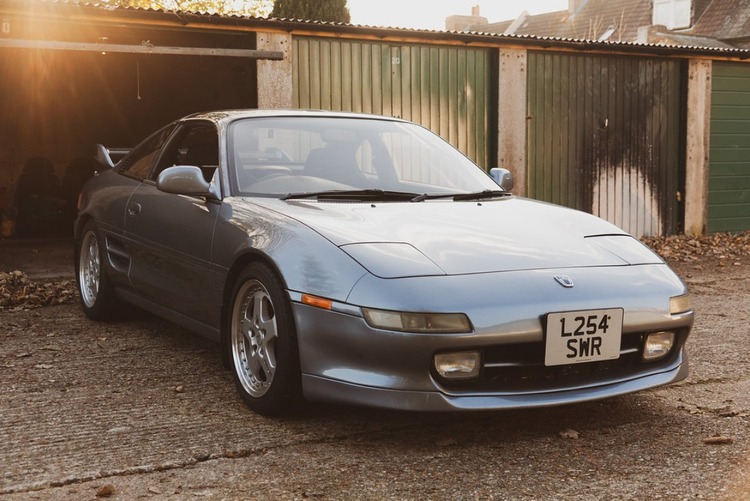
The wheelbase had been stretched 3.2 in. to 94.5 in., and front/rear track dimensions are up 1.2 and 0.4 in., respectively, to 57.9/57.1.
There have been some subtle revisions in the suspension geometry to go with this, to reduce brake dive and squat during acceleration.
Still, the componentry is the same as in the original—gas-pressurized MacPherson struts at all corners, ball-joint antiroll bars, and forward and rear trailing links.
The basic car weighs 2705 pounds, 355 more than the original, and this gain also applies to upscale editions.
However, there’s substantially more power to offset the weight increases.
Toyota had replaced the DOHC 1.6-liter 16-valve that powered the original MR2 with a DOHC 2.2-liter 16-valve borrowed from the Celica line, good for 15 additional horsepower (130 at 5400 rpm) and, more important, 40 lb.-ft. of additional torque (140 at 4400 rpm).
And if you want boost, there’s the MR2 Turbo, with a healthy 200 hp.
This engine, a DOHC 2.0-liter inter-cooled 16-valve, is also borrowed from the Celica line-up, which powers the Celica All-Track Turbo.
The turbo engine has a faster turbine spool-up due to a dual-exhaust inlet system that feeds into the turbine housing.
Splitting the exhaust stream eliminates sonic waves in the exhaust, which can tend to slow the turbine down as it gets hit by the pulses. Eliminating or smoothing out the pulses results in a more even exhaust flow into the housing and quicker tur-bine acceleration.
Another feature of the turbo engine is Toyota’s variable induction system (TVIS). Each set of intake ports (2 per cylinder) has its intake tube inside a common intake runner.
The speedometer needle in an MR2 touches 60 mph in about 6 seconds, and you can expect quarter-miles in the low 14-second range, numbers worthy of a Corvette.
Braking, which was a strong point of the original car, is also excellent in the newer one. The basic setup is ventilated discs all around, and Turbo models get dual-piston calipers up front.
The Celica antilock system is available as an option, and, as always, we recommend this feature.
Another new option worth considering is the MR2’s electrohydraulic power-assisted rack-and-pinion steering.
Inside, the MR2 offers small, welcome gains in the head, leg, and shoulder room.
The instrument panel has been redesigned to provide the cockpit look that characterizes most Toyota products today, with major gauges (all white-on-black analog) grouped under a curved cowling.
Opting for leather also nets you 7-way seat adjustability, in contrast to the standard 4-way seat. Predictably, the sound-system offerings start very well and range up to an optional 160-watt, 7-speaker setup with AM/FM/cassette and CD player.
Other options include a pop-up and/or pop-out glass sunroof (it stows behind the driver’s seat) and a T-top.
Transmission offerings have a precise 5-speed manual gearbox (standard) or an electronically controlled 4-speed automatic (normally aspirated models only).
We think the MR2’s exterior speaks for itself. Although it undoubtedly borrows from Ferrari styling in a Toyota sports car package, this doesn’t keep it from being a very appealing little package.
It’s also more aerodynamically efficient, with a Cd rating of 0.31, compared to 0.36 for the original.
Toyota AE86
The Toyota Corolla (Levin and Sprinter Trueno outside the US) is one of the most popular Toyota sports car offerings for those that are into drifting.
Also known by their chassis code of AE86, the AE86 is also referred to as a Hachi-Roku, which is Japanese for “eight-six.”
The main difference between the Levin and Trueno is that the Trueno has pop-up headlights.
The popular United States Corollas come with a 4A-GE engine, and many owners refer to their Corollas as a 4A-GE instead of, or in addition to, the AE86 chassis reference.
The Toyota Soarer with the JZZ30 engine has also been popular; the Soarer is similar to the Lexus SC 300, 400, and 430 in America.
Good things started happening when the fifth-generation Corolla was launched.
This rear-wheel drive car, the Corolla 1984 (coupe and Liftback), was offered with a 4A-GE – 1.6L, DOHC, 16-valve powerplant boasting 124 hp, and a 5-speed transmission.

The Classic 86 debuted in 1983 and is a “Levin/Trueno” made during the fifth-generation 80-series Corolla/Sprinter era.
In fact, from this 5th generation Corolla/Sprinter, the mainstream was FWD; that is, the engine was placed horizontally at the front, and the front wheels were driven.
This layout, which reduced the number of parts, including the propeller shaft, and contributed to cost reduction, unfortunately quickly became the formula for compact cars, much to the dismay of its drifting fanbase.
Models with 1.5L SOHC engines were named AE85, and models with the twin-cam engine were named AE86.
In addition, the 2-door coupe comes in a GT and a GT APEX variant, and the 3-door coupe has GT V and GT APEX variants. Other than this, four models with twin-cam engines alone were added.
But the cherry on top for the AE86 was neither the low weight nor its variety of models, but the fact that the car used to come with an RWD layout.
The sixth-generation 90-series Corolla was introduced in May 1987. All cars were front-wheel drive and, sadly, rather impossible to drift.
On the flip side, they were amazing for those who loved power because the 90-series Corolla came with a supercharged 4A-GZE.
Check out the best AE86 drift builds here on Drifted.com if you’re looking for inspiration for your Toyota sports car.
Toyota Celica
Toyota’s Celica was the pioneer of the pure import sport coupe.
As the model evolved, Toyota continued to build in improved overall performance, combining acceleration, handling, and drivability.
When the 2000 Celica was unveiled at Toyota dealerships, it created the wow factor the quiet giant was hoping for.
Its power and handling quickly made the sports coupe a sought-after performer and feared competitor.
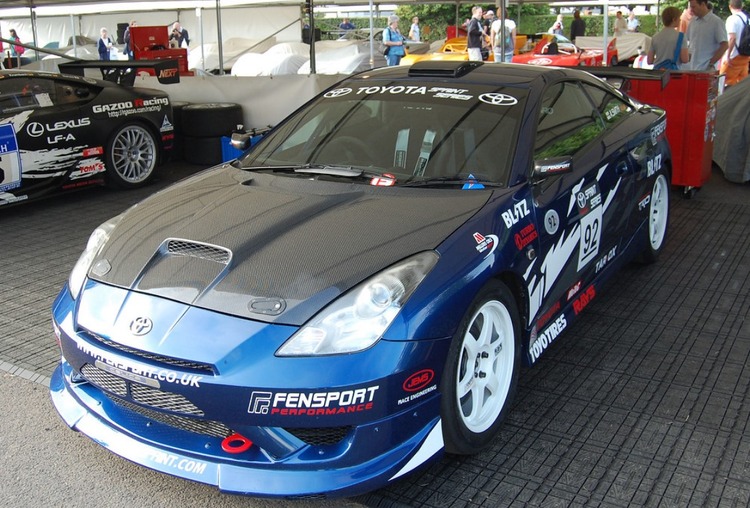
The downside to the Celica could always be found in the sticker price. Toyota had a knack for pricing its cars just above its close competitors.
However, there was an upside. The larger buy-in was equal to the horsepower and suspension sophistication it delivered.
When Toyota debuted its all-new Celica in 2000, it raised the import sport coupe bar to an entirely new level.
The results were clearly in Celica’s favor when compared directly to the Eclipse GT and Civic Si.
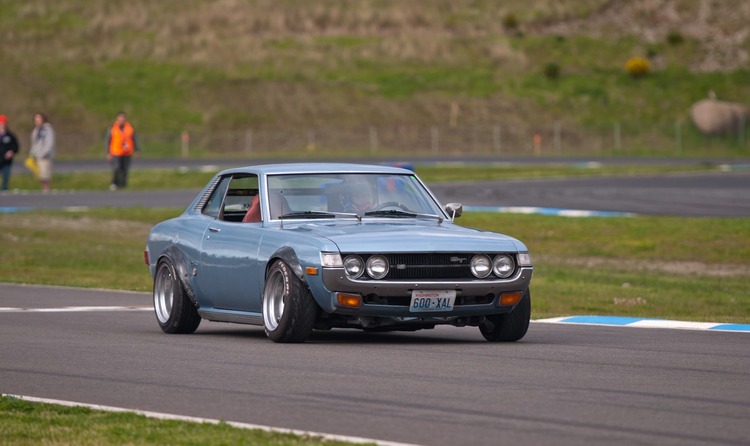
When it comes to Celica’s, here are our top picks:
1977 Celica: Classic styling, possible collector car in the making. Makes a slick vintage racer.
1992 Celica GT: Power beyond the competition and above-average quality.
1992 Paseo: Cool styling.
1990-93 Celica GT AWD: Turbo power and four-wheel grip in a bulletproof Toyota package.
2000 Celica GT: Fast and handles like it’s on rails.
All the Celica’s come equipped with DOHC 16-valve 4-cylinder engines, electronic fuel injection, front and rear anti-roll bars, driver’s-side airbags, variable-ratio rack-and-pinion power steering, plus the usual electronic amenities.
The 3S is an engine that is synonymous with the Celica!
Toyota Supra MK4
After the market for high-end sports cars has contracted over the past years, the competition in the segment has expanded dramatically—many more cars with much more performance.
However, the Toyota Supra remains a big combatant in this red-hot battleground. And to sum it up in a word, it is a formidable car.
The MK4 Supra is firm, agile, precise, and potent.
Even though it’s far from having the kind of curb weight that helps make Mazda’s RX-7 such a bullet, it’s considerably lighter than its predecessor (the MK3; check out Luke’s MK3, too!) – 310 pounds in the case of the normally aspirated version.
The basic Supra scales in at 3235 lbs with a manual transmission, and the turbo version weighs 3450.
Horsepower is the first chapter in any performance story, and Supra’s story begins impressively.
The engine is the same 3.0-liter inline Six 2JZ employed in the Lexus SC 300 coupe and GS 300 sedan, with a cast-iron block, direct ignition, and an aluminum DOHC 24-valve cylinder head.
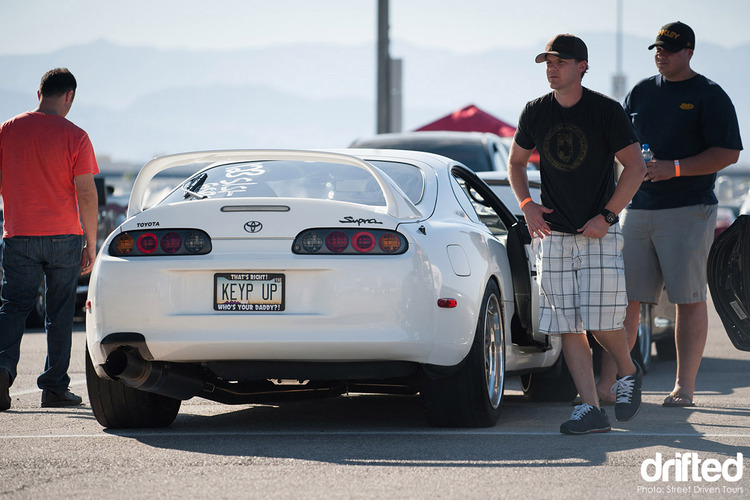
The normally aspirated edition makes 220 hp and 210 ft.-lb. of torque, but the intercooled sequential twin-turbo version is the real adrenaline pump.
When both turbos are spooled up, there’s 320 hp on the Supra’s tap.
That power, combined with an impressive peak torque of 315 ft.-lb. which comes on at 4000 rpm, and gives you a very serious rush.
Mated to the turbo’s six-speed manual transmission (a 5-speed is standard in the normally aspirated car, and a 4-speed automatic is optional), this provides an exceptionally stimulating level of acceleration – 0 to 60 mph in about 5 seconds.
It’s also interesting to note that both the non-turbo and the NA manage to slide under the government’s gas-guzzler status, with EPA city/highway fuel-economy ratings of 18/23 mpg (18/24 for the normally aspirated car with automatic transmission).
Gratifying as all the go-power is, though, Supra’s handling strikes us as an even bigger achievement.
Riding a 100.4-in. wheelbase, the MK4 is 4.2 in. shorter than its predecessor, with less front and rear overhang, a significantly wider track, and a center of gravity that’s an inch lower than before.
The chassis is noticeably stiff, with high spring rates and firmer shock damping (the cockpit adjustable damping system is gone).
The turbo version also includes a driver-select traction control system.
Double wishbones at all four corners, a Torsion torque-sensing limited-slip differential (optional on the basic Supra, standard on the turbo), and antiroll bars at both ends round out the suspension particulars.
So why don’t we see many Toyota Supra’s drifting?
Even with more-than-sufficient power, four-wheel independent suspension, and four-wheel disc brakes, the Supra isn’t a popular drift car.
This is most likely for two reasons:
1) Price: Supra’s are very popular street cars, which keeps the used prices up.
2) Weight: The Supra is a heavy car at 3,500 lbs. But these reasons haven’t kept a select few from drifting one of the four generations of Toyota Supra’s. Alvin’s MK4, is one such example, so go check it out.
Toyota GR Supra
A lot of energy was wasted on whether this BMW-powered Supra was a worthy descendant of the legendary Supra of the 90s.
If you had the chance to drive both, you would find that they are two very different but equally interesting cars.
At the unveiling of the GR Supra in the year 2020, disappointment awaited the purists.
The Supra was not offered with a manual transmission but instead sported an eight-speed gearbox. This was not a surprise given that its German sibling, the BMW Z4, did not offer any.
We all hoped for a manual variant, but we came out half-satisfied from our first contact with the vehicle.
The former Supra had more character but less pure performance; the second has less character but more performance (in stock form, anyway!)
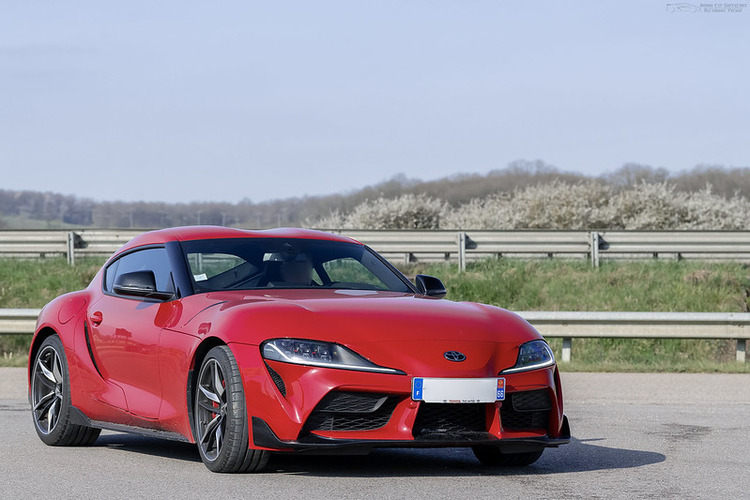
Thankfully, for 2023, Toyota bothered to add a manual transmission to a 6-cylinder engine under the hood despite BMW not building a manual transmission for itself. This is sure to spice it up.
True sports cars ARE becoming increasingly rare, so the manual will also appeal to drifters worldwide.
The manual transmission will be offered with the 3.0-liter, 382-hp 6-cylinder turbo B58 engine, designed specifically for this high-torque engine’s requirements. The engineers modified the case, the driveshaft, and the gear set.
The transmission also carries a reinforced clutch and several improvements aimed at responding to the generous torque of the GR Supra.
In short, maximizing performance was a top priority.
In addition to its style, which seduces some or horrifies others, the GR Supra remains a sports car that still feels great to drive.
The GR Supra deserves your attention and 30 minutes behind the wheel before passing judgment. You will be pleasantly surprised.
Toyota GT86/Subaru BRZ
The Subaru BRZ and the Toyota GT86 are also downright interesting in terms of performance. These two vehicles are practically the same car.
Subaru manufactures both, and the only difference between them is the brand emblem, except for the chassis tuning and the tires. Otherwise, they are identical.
The Toyota is tuned a little softer and much more drift-friendly. The Subaru, on the other hand, is harder and more neutral. Exactly as you are used to from these two brands in the sports sector. Otherwise, everything about these cars is the same – body, engine specs, transmission, size, etc.
They are both equipped with a 2.0 boxer engine from Subaru, which relies on revs and thus achieves at least 200 hp without supercharging.
Its sporty design and modern technology round off this Japanese sports car in the overall package.
However, there is one major weakness; 0-60 mph takes 7.6 seconds. In addition, they are quite sluggish and reluctant to accelerate compared to others in their class.
Unfortunately, they usually don’t even manage the 7.6 seconds. They’re closer to 8 seconds in stock form, but there is plenty of tuning potential to be extracted.

The reason we like this car is the weight balance. With 53 percent of the total weight over the front axle, the GT86’s axle load is designed so that oversteering from a swerving rear end is for fun but easily recapturable for safety’s sake.
The interpretation is such that the GT86 harmlessly understeers when coasting in a curve.
The typical driver will therefore take his foot off the gas completely in the event of severe oversteer (yikes!) and will find himself in the safety net of “understeer” instead of what the English-speaking world today calls a “tank slapper.”
As in every car, such spins are still possible, even with ESP, but they are not inevitable, as they are with many mid-engine concepts for oversteer beginners.
There is a Torsen limited-slip differential on the rear axle as standard. It ensures that the maximum torque difference between the two wheels is not exceeded.
Simple example: with a ratio of 2:1, the component locks if one wheel has twice as much torque as the other.
Without a limited-slip differential, even on an even surface, the wheel inside the curve spins at a higher torque, making the car go sideways.
This is great news for us drift lovers!
It was unexpected for many observers that Subaru agreed with Toyota on a naturally aspirated engine.
A turbo could have boosted the power to a healthy 300+ horsepower. Instead, there is 200 uncharged hp.
In addition to the cost aspect, this decision involves simple, fun driving behavior.
A naturally aspirated engine normally unfolds its power much more linearly than a turbo engine with its rich mid-torque range.
The GT86 is aimed more at the liberated public. The performance is then not as much or too little as the data suggests. It’s enough to steer with relish in curves with the rear of the vehicle.
At this point, it should already be clear why the tuners are kneeling and thanking the Japanese for the GT86: fair base price and a great potential for improvement at reasonable costs. Check out all of our tuning guides on the GT86 before upgrading.
Looking to build a car yourself? You might want to consider Toyota 3SGTE for your engine.























